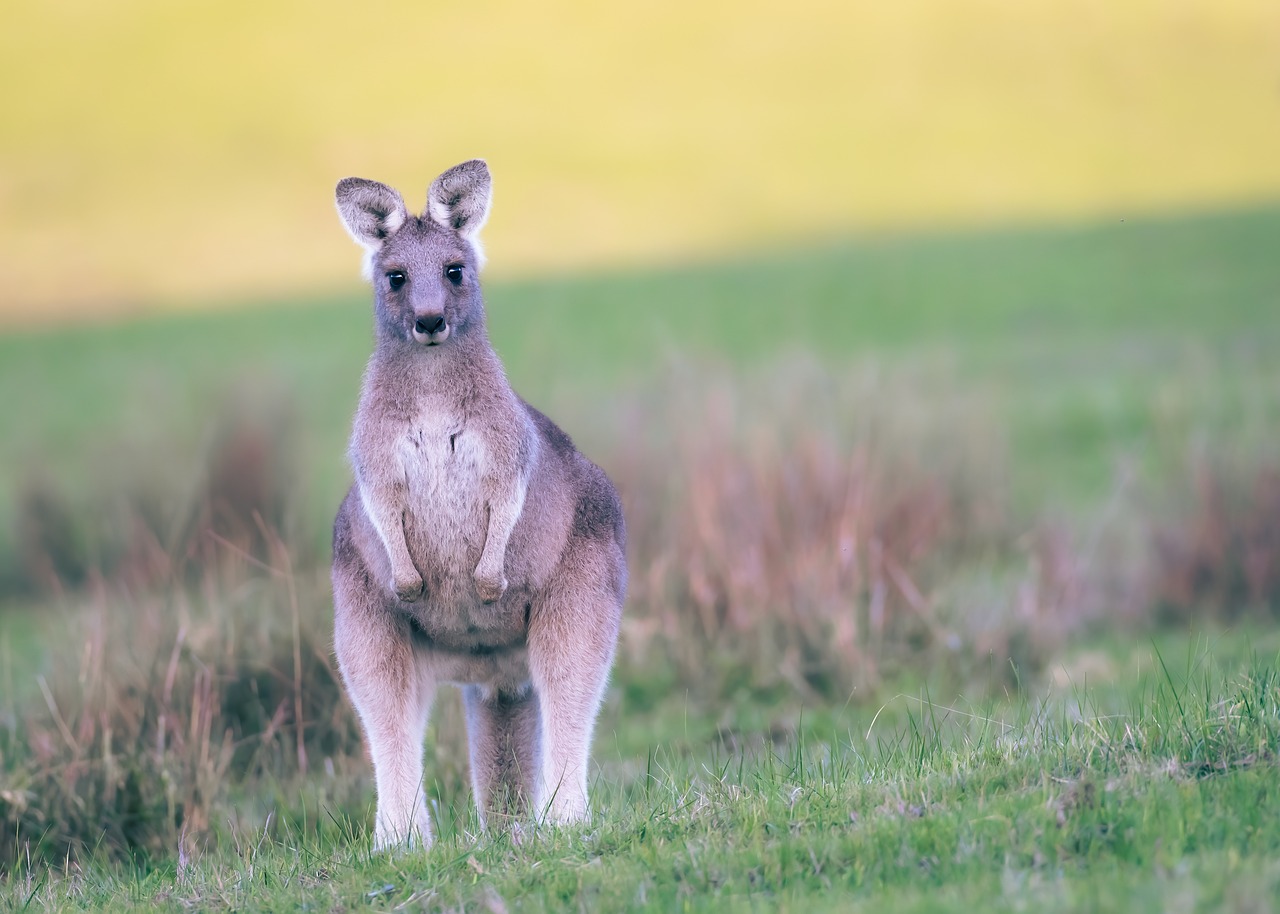News release
From:
Kanga-boo - Fear of the human 'super predator' in native marsupials and introduced deer in Australia
Paramount fear of humans has been demonstrated to pervade wildlife communities in Africa, Asia, Europe and North America consistent with humans worldwide being a “super predator”, far more lethal than other predators. Australian marsupials have been thought predator naïve based on responses to non-human predators. We experimentally demonstrate that kangaroos, wallabies and other Australian marsupials most fear the human “super predator”, fleeing humans 2.4 times more often than any other predator. Our results demonstrate Australian marsupials are not naïve to the peril humans pose, substantially expanding the growing experimental evidence wildlife worldwide perceive humans as the planet’s most frightening predator. C
- Kanga-boo – Speaking softly may be enough to strike fear into a kangaroo. When played sounds of humans “talking calmly”, and other known predators, including barking dogs, howling wolves, and snarling Tasmanian devils, four native marsupials (eastern grey kangaroo, Bennett’s wallaby, Tasmanian pademelon, common brushtail possum) fled from humans 2.4x more than any other predator. These results present challenges for conservation but could also be used to manage native marsupials where they are overabundant. Proceedings B.



 Australia; TAS
Australia; TAS



